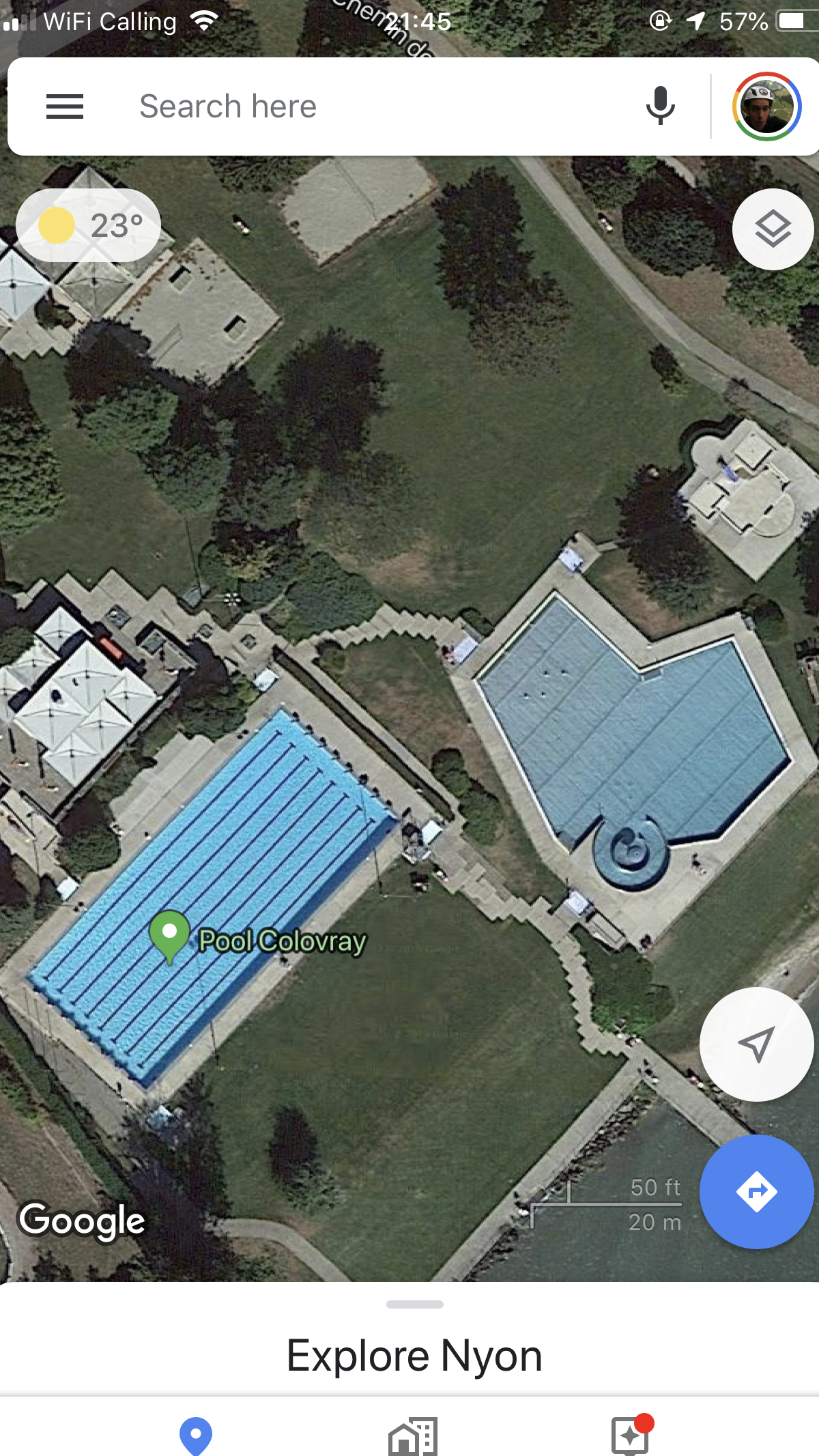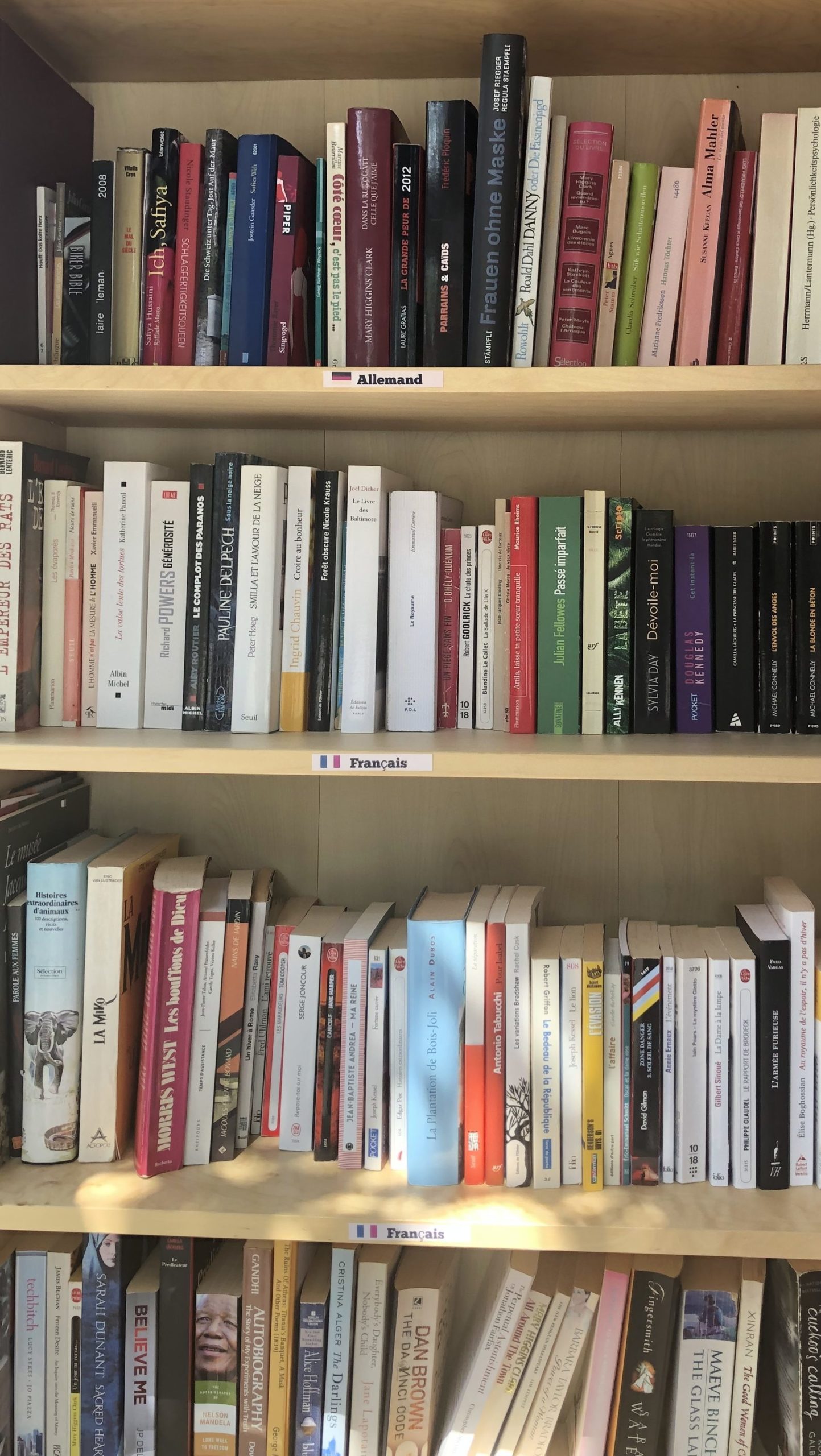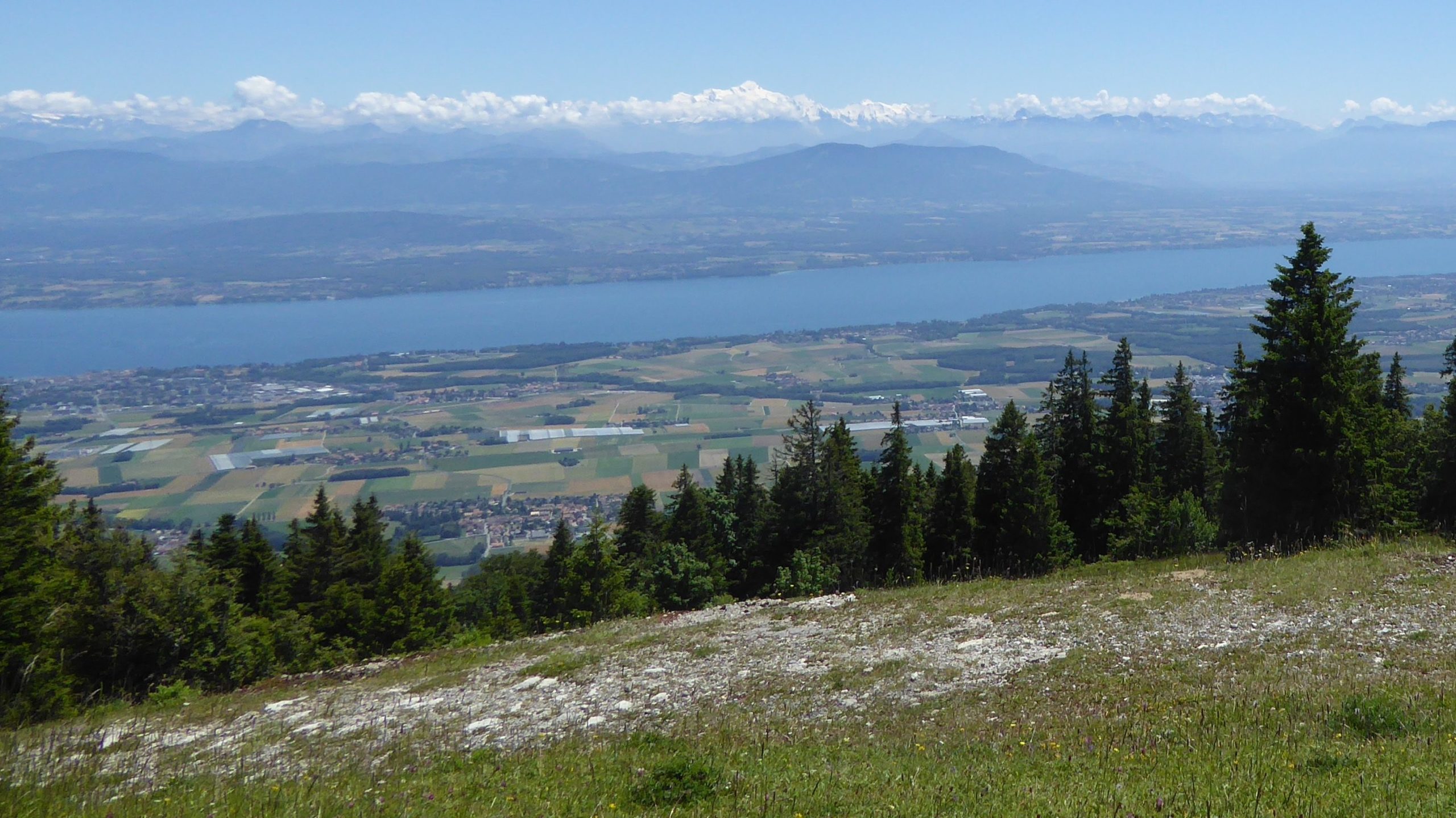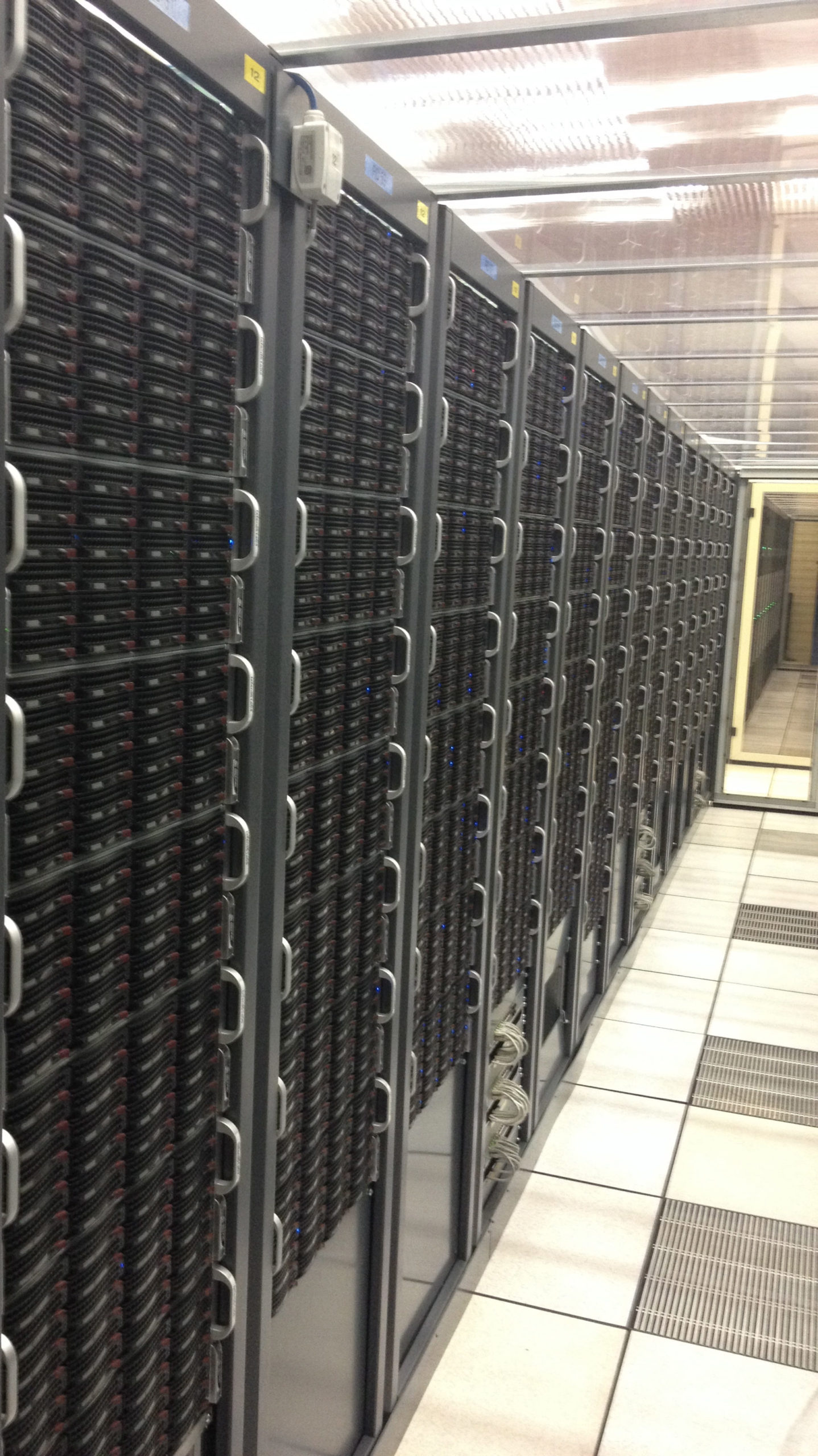Month: August 2019
-

Slalom Swimming
Reading Time: 3 minutesSlalom Swimming isn’t talked about enough. Slalom swimming is the type of swimming you do when you’re one of the stronger swimmers but not the strongest. You’re going fast enough to overtake certain swimmers but too slow to keep up with others. As you overtake some swimmers you’re forced to swim to…
-
134 days of Duolingo
Reading Time: 2 minutesFor 134 days I have been studying German as well as other languages every single day. In so doing my reading comprehension has gone up and I no longer become a “deer in the headlights” when someone asks me a question in Spanish. I was even able to understand the questions people…
-

The Phone Box library Walk
Reading Time: 2 minutesIf you’re looking for a reason to walk from one village to another the practise of using old phone boxes as free libraries are common in Switzerland. This means that if you’re shopping around for books in Switzerland you can either go to the shops and buy them with the car or…
-

On Breaking an arm and replacing climbing with swimming and cycling with walking
Reading Time: 4 minutesA few weeks ago I broke my arm while cycling. I was indicating that I was turning right while breaking with my left hand and the brake blocked and the next thing I knew the bike was on top of me. I extricated myself from beneath the bike and dragged it to…

